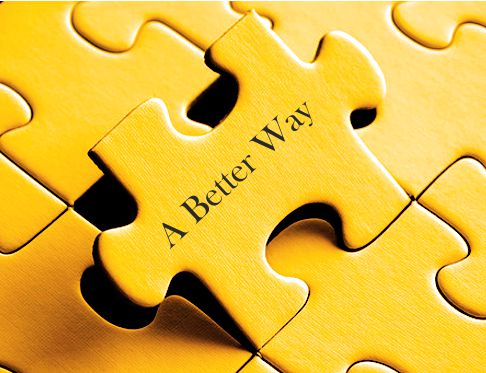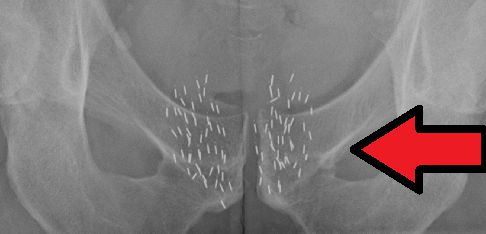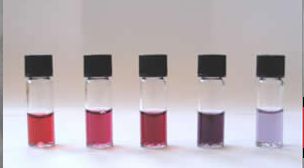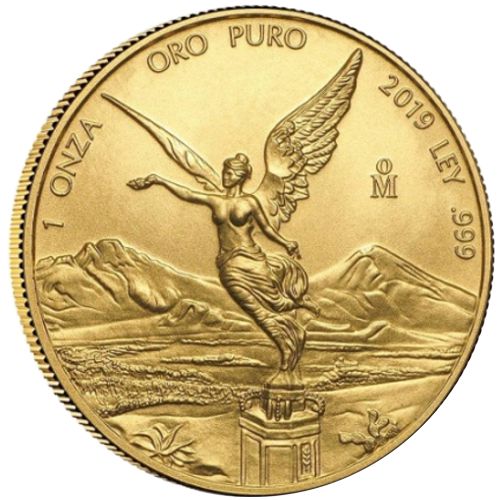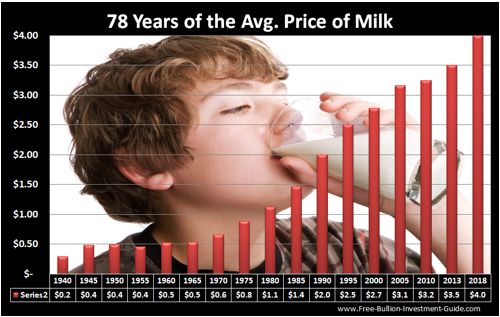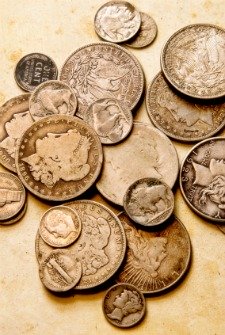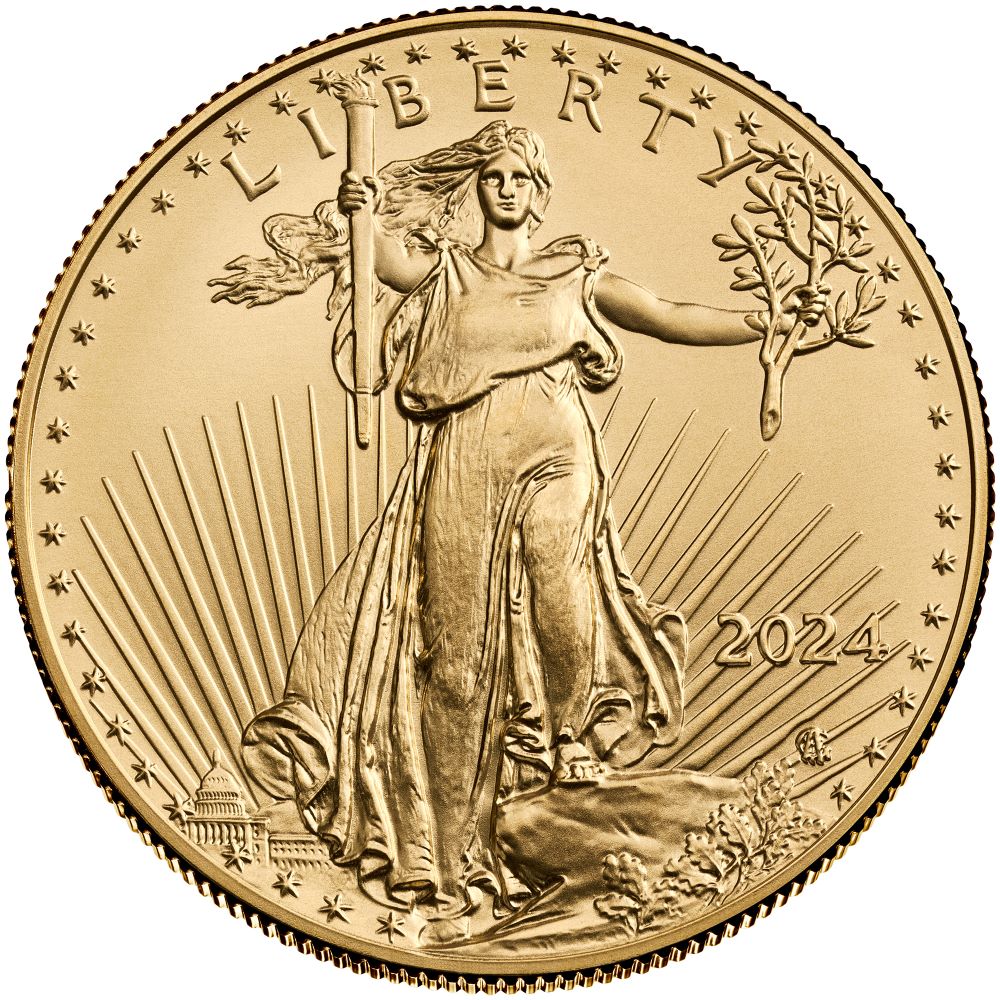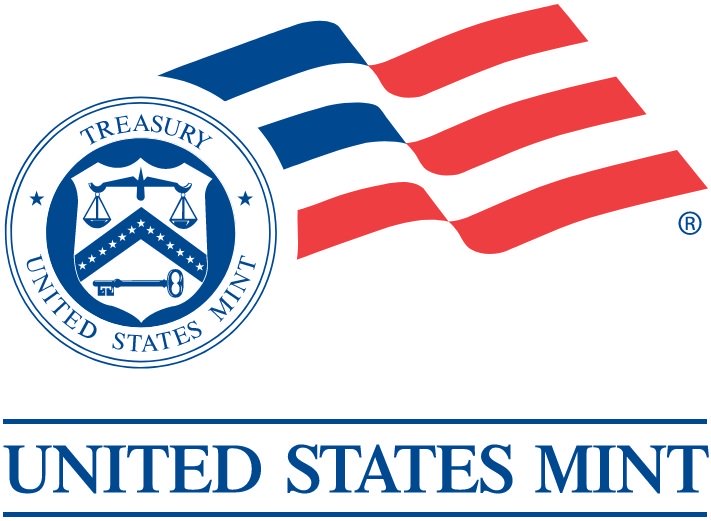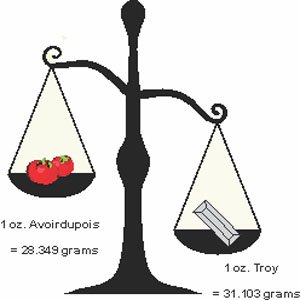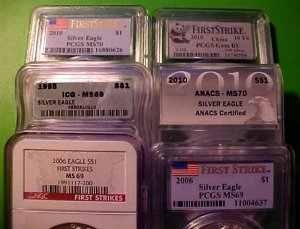Homepage / AuNP Research Blog / Gold Nanoparticle Cancer Research News #3

ExpressGoldCash - 4.9 star - Customer Reviews
Gold Nanoparticle Cancer Research News
#3
Originally Posted on 11/22/2017 @ 11:04am
Last Edited 06/28/2025
by Steven Warrenfeltz
Subscribe to this Blog
This report provides summaries of recent promising studies on gold nanoparticle cancer research, accompanied by links to the original articles and research reports for each summary.
For the last six years, this guide has tried to help people understand how gold nanoparticles offer a better way to treat cancer than the methods commonly used today.
Gold nanoparticle cancer research is a non-invasive cancer treatment that kills cancer cells without hurting surrounding healthy tissue, and it does not have harmful side effects.
In many of today's research studies, researchers are combining gold nanoparticles with today's methods for treating cancer, which include lasers, radio waves, chemotherapy drugs, radiation therapy, infrared light, radiotherapy, and CRISPR.
Here's a glimpse into what you'll find in this issue.
- Gold Nanoparticles deliver chemotherapy drugs inside cancer cells and kill them from the inside out.
- Depositing Gold Nanoparticle cancer-killing depots in and around tumors to kill them with more effectiveness.
- Researchers are developing a self-test for women to detect Cervical Cancer Early.
- Chinese Researchers use Urinalysis to detect cancer early
Gold Nanoparticles Help Chemotherapeutic Drugs Kill Cancer from Within
In this article, a researcher reveals something very significant about chemotherapy drugs that few people know:
|
"Getting chemotherapeutic drugs to penetrate tumors is very challenging, drugs tend to get pushed out of tumors rather than drawn in." Susan Clare - research associate professor of surgery at the Northwestern University Feinberg School of Medicine |
This article is about how researchers at Rice University and Northwestern University Feinberg School of Medicine intend to make chemotherapy drugs more productive by getting them into cancer cells with the help of gold nanoparticles.
Researchers used a laser and gold nanoparticles to remotely trigger the release of FDA-approved cancer drugs inside cancer cells in laboratory cultures.
The research is in its infancy, but if the approach works, Susan Clare stated the following:
|
"it could result in fewer side effects and potentially be used to treat many kinds of cancer." "For example, one of the drugs in the study, lapatinib, is part of a broad class of chemotherapies called tyrosine kinase inhibitors that target specific proteins linked to different types of cancer." "Other Federal Drug Administration-approved drugs in the class include imatinib (leukemia), gefitinib (breast, lung), erlotinib (lung, pancreatic), sunitinib (stomach, kidney) and sorafenib (liver, thyroid and kidney)." Researchers use gold nanoshells to effectively release cancer drugs inside tumors - News Medical Life Sciences |
As previously mentioned, this research is still in its infancy, but the article provides good information about how researchers intend to use gold nanoparticles and lasers to help chemo-drugs do a better job of killing cancer.
Using Gold Nanoparticles Depots
to Fight Cancer
Researchers are trying to find "a better way" to treat prostate and breast cancer using gold nanoparticle deposits in seed form.
This next study involves the use of "brachytherapy," a form of radiotherapy where a sealed radiation source, or in this case, several "seeds," are placed inside or next to the area in the body that requires treatment.
One downside of the current traditional forms of this treatment is that these seeds can create localized 'hot spots' of radiation. However, researchers out of the University of Toronto have created seeds filled with gold nanoparticles and radioactive isotopes.
At this point, research has proven that the gold nanoparticle deposit seeds filled with the radioactive isotope "yttrium-90" diffuse with a greater dose coverage and homogeneity.
The research is not over, and the experiments are ongoing. The following is a small snippet of optimism among the researchers who are conducting the study.
|
"Based on their findings to date, the researchers are optimistic that cancer patients will benefit from the nanoparticle depots following further pre-clinical research and clinical trials. Applications of the depots could also extend beyond radiotherapy." - Nanoparticle 'depot' promises improved cancer treatment by Jude Dineley, medicalphysicsweb |
The full article was titled: "Nanoparticle 'depot' promises improved cancer treatment" (links to it are no longer available)

4.7 star - Customer Reviews
Cancer & Early Detection
It is generally understood that discovering an illness early improves your chances of recovery. The same logic works for cancer: the earlier it is diagnosed, the greater your chances are of defeating it.
The next two articles are about simpler ways to detect cancer in its early stages of development than what is currently on the market.
Early Detection of Cervical Cancer using Gold Nanoparticles
At IIT, the Indian Institute of Technology, researchers are developing a method of testing for cervical cancer without the help of a technician.
Currently, the only way to receive a diagnosis as to whether or not a woman has cervical cancer is through the visual inspection by a trained medical professional.
However, a team of researchers led by Dr. Aravind Kumar Rengan from the Department of Biomedical Engineering at the Indian Institute of Technology (IIT) is trying to change that by making the test easy enough that any woman can perform it on herself.
The study involves using acetic acid, also known as vinegar, to determine the severity of cervical cancer.
The researchers found that when acetic acid is applied to a cervix with precancerous lesions, it leads to a reaction that creates protein coagulation (a protein gel).
Tejaswini Appidi from the Department of Biomedical Engineering at IIT stated the following about the research:
|
“When more acetic acid is retrieved from the cervix of women with no cervical intraepithelial neoplasia (cervical cancer) the nanoparticles produced will be of a particular shape and size than when less acetic acid is retrieved.” “Nanoparticles of different shapes and sizes produced by acetic acid of different quantities absorb different colours which results in colour differences.” - IIT teams developing a self test for cervical cancer - Prasad Ravindranath, Science Chronicle |
Here's an example of what is stated above.
In the self-test, to tell if a woman had cancer or not, gold nanoparticles would interact with the acetic acid to create different colors.
For instance, if a sample had retrieved a lot of acetic acids, no gelling would occur and 'no cancer' would be present; in this case, the test would show up as red. (much like the vial on the left in the photo).
However, if there was a sign of cancer found in the cervix, the test would reveal a different color other than red because more gelling occurred.
When/if this test becomes available on the market, it would give women a private and inexpensive way to test for this form of cancer.
You can read more about this study by clicking this link IIT teams developing a self test for cervical cancer- Prasad Ravindranath, Science ChronicleThe article goes on to talk about some of the challenges that the research team still faces to bring this self-test to the market.
Chinese Researchers use Urinalysis and Gold Nanoparticles
for the Early Detection of Cancer
In this short but informative article, researchers at the Fujian Normal University in Fuzhou, China, have developed a new non-invasive method for the early detection of cancer.
This new early cancer detection system tests chemicals found through urinalysis and the surface enhancement (reflection) properties of gold nanoparticles.
The article states the following about the results of the study:
|
"urine samples from three groups of subjects were tested. These included nasopharyngeal cancer patients, esophaegeal cancer patients, and healthy volunteers. Results achieved diagnostic sensitivities above 90% and specificities above 95%, respectively." |
Read the full article here: Non-Invasive Cancer Detection Using Affinity Chromatography and SERS - By Lewis Botcherby - Chromatography Online
Thank You for your Time.
Take Care & God Bless,
Steve
Other pages, on this Guide, that you
may like...
|
|
|

ExpressGoldCash - 4.9 star - Customer Reviews
Notice:
The charts, commentary, and information on the Free-Bullion-Investment-Guide.com are not meant to mislead you to invest or divest in any particular way.
|
Support this Guide & Paypal Thank You for Your Support |
|
|
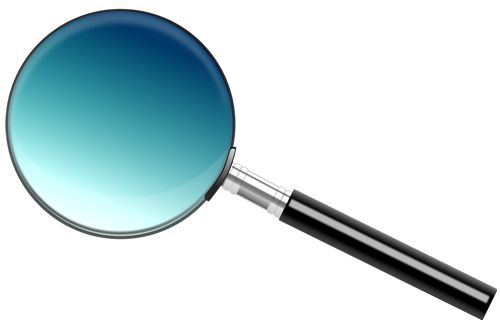 | |||||

Ad Gloriam Dei
This website is best viewed on a desktop computer.
Keep this Guide Online
& Paypal
Thank You for
Your Support
with Feedly
Search the Guide
| search engine by freefind | advanced |
Premium Canadian Bullion

Give a lasting gift of the iconic Silver Maple Leaf bullion coin [More]
Free Shipping on Orders over $100 (CDN/USA)
or
From the U.K. Royal Mint


Daily
Newsletter
Updated Mintages for
American Gold Buffalo
American Gold Eagle
American Silver Eagle
2024 & 2025
Jerusalem of Gold Bullion
Coin photos
(bottom of page)
Mintages
for
2024
Gold & Silver Mexican Libertad
|
Gold Libertads |
Chinese Gold Coin Group Co.
& Chinese Bullion
Help Us Expand our Audience by forwarding our link
www.free-bullion-investment-guide.com.
Thank You!
Last Month's

In No Particular Order
November 2025
All Articles were Originally Posted on the Homepage
